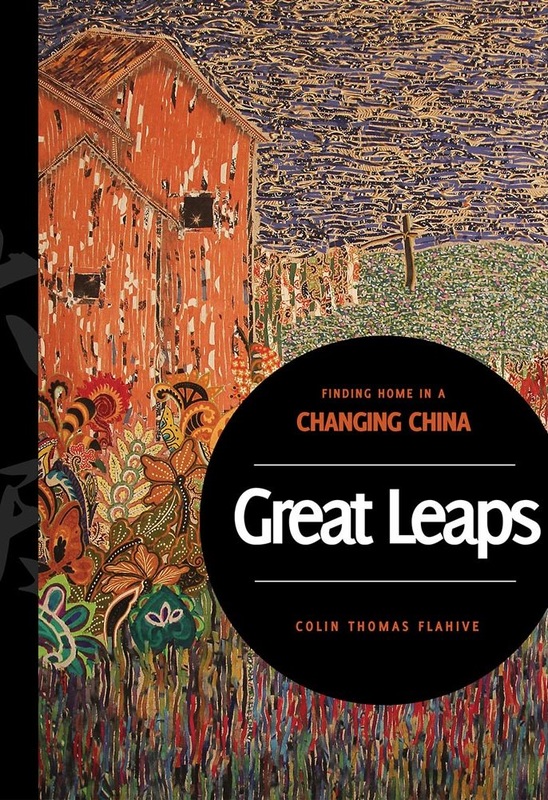* * *
According to a 2000 report by the World Health Organization, the USA ranks 37th of 191 WHO member nations for quality of health care. That is well behind all Western European countries as well as Canada and only 2 ahead of Cuba, countries that all have universal health care plans. Meanwhile, the United States remains the sole profit-oriented health care system among western industrialized nations with an average of 55.1% of health care coming from private expenditures. That ranking is in the company of other nations like Chad at 58.1%, El Salvador at 55.3%, Uzbekistan at 54.5%, and Syria at 54.2%.
An average of $5,274 per US American per year is spent on health care (other estimates reach as high as $7,129). All countries with universal health care programs, other than Monaco, spend less than $3500 per person per year (which includes out of pocket tax money that goes to the governmental health care programs.) Switzerland tops the list at $3,446. Canada is at $2,931. And Cuba is all the way down at $236—impressive for a country that offers free universal health care to all citizens regardless of income, has an infant mortality rate slightly lower and a life expectancy slightly higher than the USA, and yet is only 2 countries behind the USA on the WHO’s rankings for quality of health care.
Because government spending already accounts for 44.9% of health care spending in the USA, $2,906 is left for the people to cover on their own. So, in essence, the government is still short $872 billion for a comprehensive health care plan that would cover all US citizens regardless of pre-existing conditions and severity of illness or injury.
If US American’s could cut medical spending to the same rates as Canada, it would save the people $703 billion per year, only $169 billion short of what would be needed for the government to support a universal health care program. In 2006, the top 9 US drug companies acquired $220.5 billion in revenue with estimated profit margins between 15 and 20 percent, or between $30 billion and $40 billion. Health insurance companies had revenues close to $287 billion with a profit margin of 3.9 percent, or $11 billion.
The White House’s 2006 defense budget was $419.3 billion, close to 20% of the total US federal budget. About $9 billion has been spent per month in Iraq resulting in the elimination of over 74,500 humans who will no longer need health care.
* * *
China’s rural population numbers nearly 900 million. Only about 7 percent of rural residents have insurance, while urbanites number over 50 percent. That means that only 263 million of China’s estimated 1.3 billion have health insurance.
With the dismantling of China’s commune system in 1978, China began its move from public to private, profit-oriented health care which favored the rich urban areas with quality health care while leaving the rural population behind. By 1999, local governments began to enforce regulations on the growing profit margins for routine checkups and surgeries. However, hospitals were allowed profit margins of 15 percent and greater for experimental drugs and treatments, thus doctors often administered unnecessary expensive and experimental drugs and treatments to increase hospital profits. Today these issues have been intensified by experimental drug companies offering doctors monetary incentives to sell their drugs in addition to the fact that nearly 1/3 of drugs administered in rural areas are counterfeit.
Yearly income among China’s rural residents is estimated at about $316 per person. Per capita spending on health care is $261 per person, or 83 percent of their income, so that combined with corruption among rural hospitals and the fact that most good doctors follow the money to the cities, most will avoid seeking medical help even for the most serious of diseases or injuries. The outcome is that China has and infant mortality rate about 4 times greater than the USA and an average life span about 5 years shorter.
* * *
China Life, China’s primary life insurance company, has grown to be the number 2 largest insurance company in the world with a market value of $129 billion.
Sources:
Profit Margin on Medicare Business Up in 2006 as Commercial Business Declines. TheStreet.com. August 14, 2007.
http://phx.corporate-ir.net/phoenix.zhtml?c=65508&p=IROL-SingleRelease&t=Regular&id=1040226&.
Blumenthal, David, M.D., M.P.P., and William Hsiao, Ph.D. Privatization and Its Discontents – The Evolving Chinese Health Care System. The New England Journal of Medicine. http://content.nejm.org/cgi/content/full/353/11/1165.
Sullivan, Martin A. Economic Analysis: Drug Firms Move Profits to Save Billions. Tax Analysts. August 29, 2007.
http://www.taxanalysts.com/www/features.nsf/Articles/5FED9F07CCD44CEA852571D30051D2B5?OpenDocument.
Department of Defense 2006 Discretionary Budget. Executive Office of the President of the United States. August, 2007.
http://www.whitehouse.gov/omb/budget/fy2006/defense.html.
French, Howard, W. Wealth Grows, but Health Care Withers in China. New York Times. January 14, 2006. http://www.nytimes.com/2006/01/14/international/asia/14health.html?ex=1294894800&en=d0cb13755ea14446&ei=5088&partner=rssnyt&emc=rss.
Appleby, Julie. Consumer Unease With U.S. Health Care Grows. USA Today. October 16, 2006.
http://www.usatoday.com/money/industries/health/2006-10-15-health-concern-usat_x.htm.
Fortune Global 500. CNN Money. August, 2007
http://money.cnn.com/magazines/fortune/global500/2007/industries/223/1.html.
North America—USA—Health Statistics. Asia—China—Health Statistics. Health Statistics—Obesity by Country. Nation Master. April, 2007.
http://www.nationmaster.com/red/country/ch-china/hea-health&all=1.
http://www.nationmaster.com/red/country/us-united-states/hea-health&all=1.
Per Capita Total Expenditure on Health in International Dollars. Nation Master. August, 2007.
http://www.nationmaster.com/graph/hea_per_cap_tot_exp_on_hea_in_int_dol-capita-total-expenditure-international-dollars
Private Expenditure on Health as % of Total Expenditure on Health. Nation Master. August, 2007.
http://www.nationmaster.com/graph/hea_pri_exp_on_hea_as_of_tot_exp_on_hea-health-private-expenditure-total.
World Health Organization Assesses the World’s Health Systems. World Health Organization. June 21, 2000.
http://www.who.int/inf-pr-2000/en/pr2000-44.html.
Cohen, Robin, Ph.D., Michael E. Martinez, M.P.H. Health Insurance Coverage: Early Release of Estimates From the National Health Interview Survey, 2006. Center for Disease Control. August 21, 2007.
http://www.cdc.gov/nchs/data/nhis/earlyrelease/insur200706.pdf.
Cohen, Elizabeth. CDC: Antidepressants Most Prescribed Drugs in U.S. CNN. July 9, 2007.
http://www.cnn.com/2007/HEALTH/07/09/antidepressants/index.html?eref=rss_topstories.
China Life Insurance Comapany. Wikipedia. August, 2007.
http://en.wikipedia.org/wiki/China_life.


